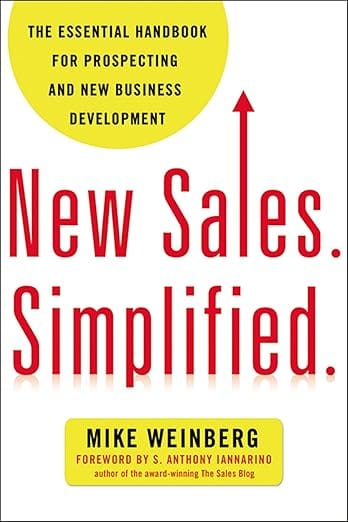When the pipeline is full but nothing moves the problem is rarely the pipeline

Most sales leaders panic when the pipeline looks weak. Fewer opportunities. Stalled deals. Stages that never change. Forecasts that collapse the moment you ask one hard question.
But weak pipelines are not created by salespeople alone.
They are created by the system around them.
A pipeline is nothing more than a mirror.
It reflects the habits, clarity and expectations of the team.
If the mirror shows chaos, the chaos existed long before the numbers did.
Salespeople become prisoners of hope when leadership allows hope to replace truth.
They overestimate deals when the culture rewards optimism more than accuracy.
They add noise to the pipeline when they do not understand what a real opportunity looks like.
They hold on to deals that should be closed lost because no one ever said out loud that clean pipelines matter more than big ones.
A messy pipeline is a leadership artifact.
Hope grows where discipline is missing
Hope is comfortable.
Discipline is not.
This is why many teams drift into hope without realising it.
A rep believes a slow deal is still alive.
Another rep keeps an ageing opportunity because it feels painful to remove it.
A leader accepts the numbers at face value because they want the forecast to look stable.
And suddenly the pipeline becomes a place where everyone lies to themselves just enough to get through the week.
This is not a skill gap.
This is a culture gap.
When the leadership message is
“Show me a big number”
instead of
“Show me the truth”
hope becomes the default behaviour.
Leaders create pipeline truthfulness through clarity
Pipeline hygiene improves the moment leaders stop confusing activity with progress and optimism with accuracy.
This is not about pressure.
This is about building a culture where everyone benefits from facing reality early.
A clean pipeline gives you focus.
It gives the team confidence.
It gives the organisation visibility.
It gives the customer a better experience.
And it gives leadership the ability to make real decisions.
But none of this happens unless leaders define what truth looks like.
My view on how to rebuild pipeline discipline
Here is how I interpret the mitigations from Weinberg’s list and translate them into practical leadership moves.
1. Define what a real opportunity is
Not in a slide.
Not in abstract language.
In specific terms.
What signals must be present.
What commitments must exist.
What next steps must be agreed.
If your team cannot list these, they will fill the pipeline with maybes.
2. Make stage definitions painfully clear
If a stage is based on feeling, the pipeline is fiction.
Define stages based on customer actions, not rep emotions.
Keep it simple.
Keep it binary.
3. Review the truth not the theatre
Pipeline reviews often turn into presentations.
People defend deals.
Leaders nod politely.
Nothing changes.
Turn reviews into conversations.
Ask real questions.
Focus on next steps and customer commitment.
Do not reward theatrics.
4. Use KPIs only as signals
Pipeline health is not about quantity.
It is about quality and movement.
I recommend a few simple indicators:
- Ratio of qualified to unqualified opportunities
- Average stage duration
- Percentage of opportunities with a next step date
- Number of opportunities closed lost by the rep
- Forecast accuracy over time
These KPIs are not punishments.
They are mirrors.
They show whether reality is understood.
The pipeline is the truth engine of the sales team
A healthy pipeline is not big.
It is accurate.
It is aligned with strategy.
It shows where bets should be placed and where effort should stop.
When the pipeline is inflated, the business becomes blind.
When the pipeline is clean, the business becomes sharp.
Clean pipelines are not created by fear.
They are created by leaders who prefer truth over comfort.
A question every sales leader should sit with
If your pipeline disappeared tomorrow and you had to rebuild it from scratch
how many of the current deals would you add back
and how many were never real to begin with?
Your answer tells you everything about your leadership habits.
Disclaimer
The content of this post is based on Mike Weinbergs books. Buy and read them here.
